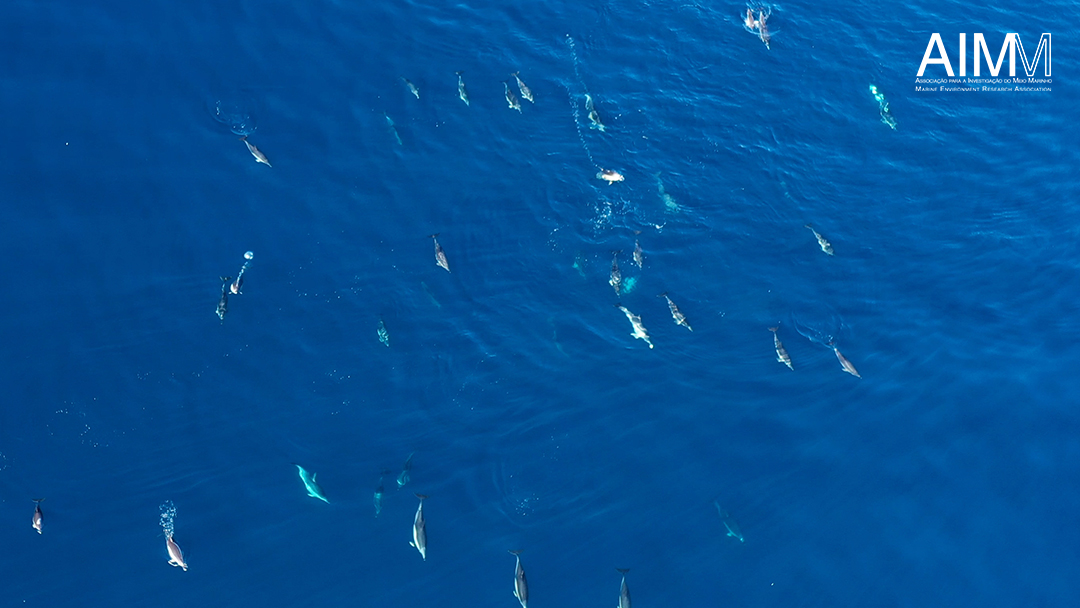
Castro, J., Cid, A., Quirin, A., Matos, F. L., Rosa, R., & Pearson, H. C. (2024). Assessing the dynamics of common dolphin (Delphinus delphis) mother-calf pairs along the south coast of Portugal using unmanned aerial vehicles. Marine Mammal Science, e13115. https://doi.org/10.1111/mms.13115
Our new paper just got published!
We are happy to announce the first published paper for AIMM in 2024.
Our team used drones to assess the grouping dynamics in common dolphin (Delphinus delphis) groups containing mother-calf pairs. Mothers need to keep their calves safe from predators and aggressive males, while reducing food scramble competition for themselves. This gives rise to three hypotheses that try to explain the function of maternal grouping dynamics:
1) the predation hypothesis,
2) the infant safety hypothesis, and
3) the foraging-type scramble competition hypothesis.
We tested these hypotheses by analyzing social aspects and structural group elements using generalized additive mixed models and modeled group formation using multinomial generalized estimating equations.
The results of our research offer strong support for the predation hypothesis, for example that the proportion of calves is highest in most compact groups and that calves will reduce the distance to their nearest neighbor in larger groups. Compact grouping can provide safety. We also found strong support for the infant safety hypothesis, for instance that the number of socio-sexual events decreases with an increasing calf proportion in the group. This means that there are less of these boisterous and potentially dangerous social activities when more calves are present. We found partial support for the foraging-type scramble competition hypothesis, namely that calf proportion decreases as group size increases. A possible explanation for this is that scramble competition for food is higher in larger groups and mothers try to avoid this.
To find out all of the results in detail, read the article here.
